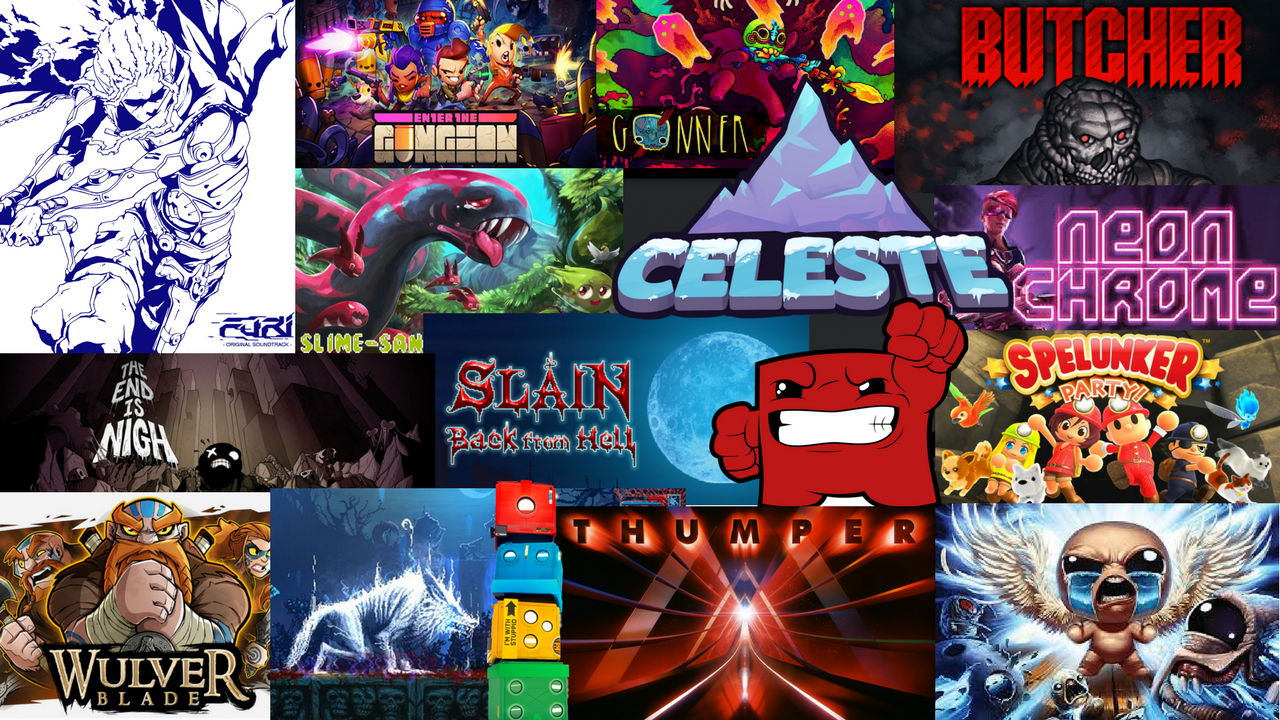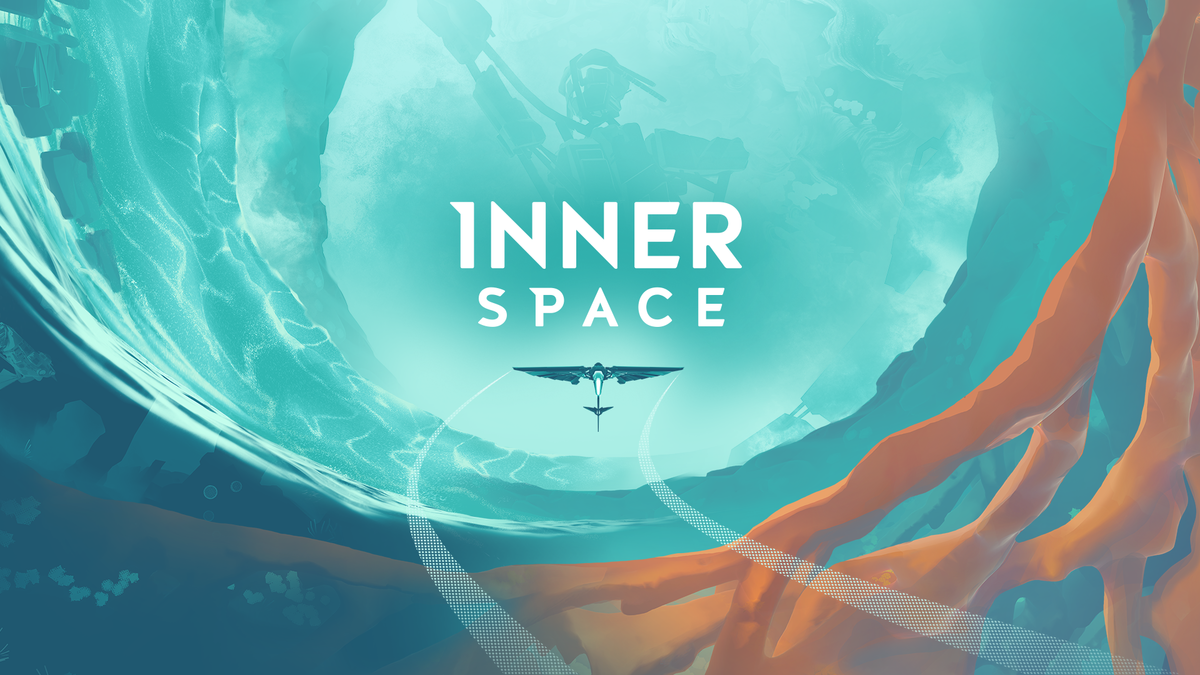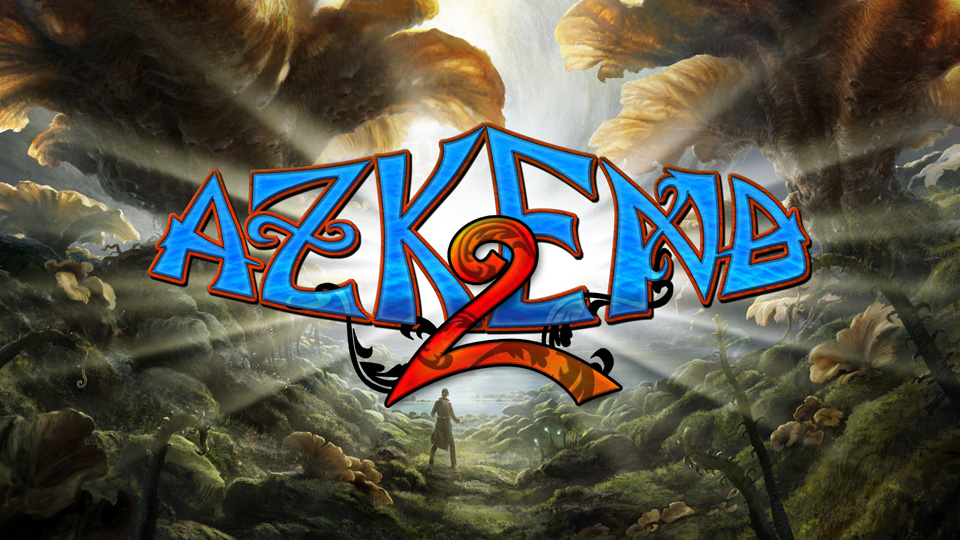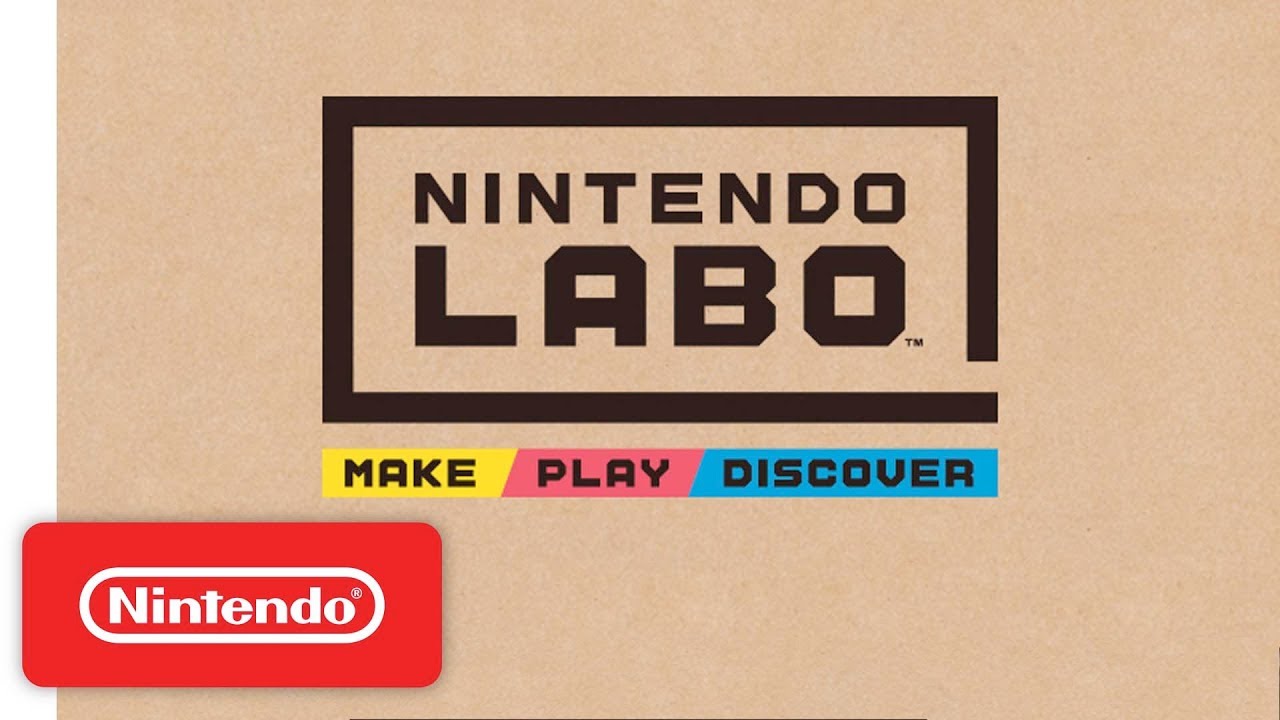Video review to follow shortly
InnerSpace Switch Review by SwitchWatch
Developer: PolyKnight Games
Publisher: Aspyr Media, Inc.
Release Date: January 16th 2018
Price as of Article: $19.99 USD, £17.99 GBP
In InnerSpace you play as a flying mechanism known as the Cartographer in the final days of a universe filled with inside out planets known as The Inverse. Cartographer is an apt name as your primary goal in InnerSpace is to explore both the skies and seas in order to help the Archaeologist recover the last remaining memories of the former occupants of The Inverse known as the Builders. As you progress through The Inverse you begin to uncover a glimpse of the way the worlds were through the collection of artefacts and encounters with Demi-Gods that are remnants of their former selves, collections of wind which seems to be both a life force and power source used by the civilisations. Its an interesting premise thats rather grandiose but doesn’t ever fully deliver partly due to the large gaps in between story fragments and partly because of an air of mystery.
InnerSpace is as much a sensory journey as a game and, as such, its music is cleverly interwoven into the exploration. In one boss encounter in particular this is typified as the music builds as you give chase and reaches its crescendo towards the end of this section. Audio clues are dotted around the planets; volume is increased as you approach certain points and the beat of each track is heightened as you progress. The result is a fine mix of mellow and laid back tracks that peak at the right times.
<script async src=”//pagead2.googlesyndication.com/pagead/js/adsbygoogle.js”></script><!– –><ins class=”adsbygoogle”<!– –> style=”display:block; text-align:center;”<!– –> data-ad-layout=”in-article”<!– –> data-ad-format=”fluid”<!– –> data-ad-client=”ca-pub-5661714653949151″<!– –> data-ad-slot=”5669732186″></ins><!– –><script><!– –> (adsbygoogle = window.adsbygoogle || []).push({});<!– –></script>
InnerSpace features an ethereal art style awash with vibrant landscapes and bold colours. As you soar through the skies and dive the depths of oceans you experience the joy of flight. The Inverse worlds are disorientating and puzzles are hidden throughout the landscape with visual cues such as glowing reeds and ropes to be cut.
Whilst the world is beautiful it is not without its faults and the occasional stutter or tearing can occur though it was not frequent enough to spoil my playtime. Draw distances and rendering can be a bit quirky with distant objects suddenly popping into focus and load times can be rather long.
The games has a visually strong personality that shines through and though it isn’t perfect it must be admired for the vision of the developers.
InnerSpace sets its stall out from the offset; you are a Cartographer sent to explore the dying Inverse and collect relics and it is this exploration that drives the game forward more than any objectives which at times feel secondary.
Flight controls are well balanced once you get the hang of them. With the Left Stick you have inverted axis flight controls for Yaw and Pitch and the Right Stick is pushed up to increase speed and down to reduce it with Left and Right pushes controlling Roll. Holding down ZL will left you drift in the direction of travel whilst using both sticks to redirect your position letting you snap turn and quickly change direction and when you release ZL you burst forward. It all sounds more complicated than it is and after a short time things start to feel natural.
Exploration
After a short tutorial like world you head to Dawnvessel, the first of six planets in the game. Each planet has a series of puzzles that consist of collecting enough wind to power archaic artefacts in order to unlock the next planet. Each planet can take you anywhere from 30 minutes to a couple of hours to figure out and complete.
This exploration and progress is done at your own pace with very little input from the game which is both refreshing and frustrating. Flight is a joy and there are some clever lanes to fly down and sequences of puzzles to fly through however it is often unclear what exactly you are trying to achieve.
Instead, I found myself looking for things that stood out, such as flagpoles that need to be flown through in order to open a doorway which in turn can be flown through and so on and so forth. The game features no map and at times you can fly through these objectives but not understand what may have unlocked or opened.

Dive
Hitting ZR will cause your airframe to fold up leading to a dive down into the sea which can be explored using the same control scheme and feels identical to flight through the air. Some of the caverns and pathways are excellent though I found myself literally at a loss for over an hour during the first boss encounter due to an unintuitive means of completion.
Once I got past this stage I found the gameplay opened up for me and I understood the mechanics of what I was supposed to do in order to progress.
Pace
The pace of gameplay feels odd due to any lack of enemy encounters or timed objectives which when combined with the lack of direction made it feel like a flight with no set destination. You collect wind as you progress which can be exchanged later on for new airframes that enhance different aspects of your flight, from your dexterity through the water to your sheer speed. However, it is a shame that these do not become available until about 3 quarters of the way through the game so you don’t get a huge amount of time with them.
On the move
InnerSpace has released on multiple platforms at once after a successful kickstarter campaign and there are no Nintendo Switch specific features. Of course, that said you can play this game on the move.
Surprisingly, I didn’t enjoy the game as much when played this way and, after consideration, my conclusion is this is due to the strong visual appeal of the game and large open worlds just not being as good on the smaller real estate offered by the Switch screen.
At $19.99 in the US and £17.99 in the UK InnerSpace has stiff competition in its price range. The game will provide you with 10 hours of playtime but once completed you will have very little reason to replay or continue. By design the game does not include battles or any form of score system and as such once you have explored you are done here.

Check out our video review
Pros
Original Gameplay
Beautiful Visuals
Solid Soundtrack
Cons
Disjointed gameplay
Story never materialises
No replay value
Some slight performance issues









